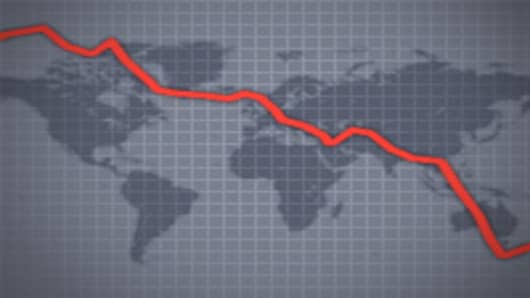Violent market swings are becoming increasingly normal, as investors react to every glimmer of hope that the economy is recovering, then tumble in despair at the lack of action on the part of policymakers.
Seemingly accepting that this increased volatility is here to stay, investors are increasingly looking to protect their portfolios from unexpected sharp falls by adopting tail-risk hedging.
The strategy involves hedging against extreme events rather than day-to-day events where diversification is insufficient.
Sandy Rattray, CIO of Man Systemic Strategies defined such “extreme events” as “something that shouldn’t happen very often but turns out to happen much more often than it should do.”
“A replay of the 2008 credit crisis would be one version,” he told CNBC.
Markets moving down more than 7 percent in a month “which should happen very rarely but seems to happen much more often than it should do”, is another.
Rattray said investors had two options to protect their portfolios from such events.
When markets move in lock step and diversification is no longer an option to reduce risk, cash is the simplest option, he said.
“For those running complex portfolios with lots of risks in, tail-risk strategies can help. Generally they focus on buying volatility in some shape or form,” he said.
Although there is a potential loss from running insurance, the trick is to try and control the loss, Rattray said.
“Our view is that if you insure all the time, at full size in the same way as you insure your house, then you’re likely to find the cost is just too expensive over time. You’d probably actually give up before the next bad thing happens so you’ll just lose money from hedging, he said.
“You need to have some skill at timing when to buy insurance and when not to buy insurance,” Rattray added.



